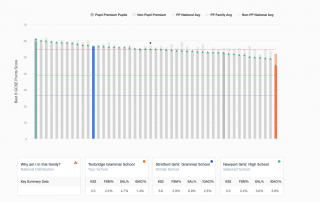Predicting GCSE results (Liverpool 9 – Sunderland 1)
Jurgen Klopp, the manager of Liverpool FC, has been in the game of football long enough to know that making predictions about winning the Premier League is unhelpful. In an interview with Goal, his thoughts were measured as usual: “The main thing is that we actually think about ourselves: ‘Yeah, we are quite a good [...]






